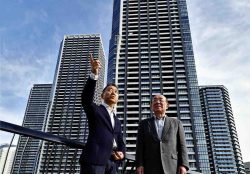- Film & TV
- MY HEROES
‘Call Me Dragon’ Actor Yasuaki Kurata Still Kicking, Shares Old Memories from Filming
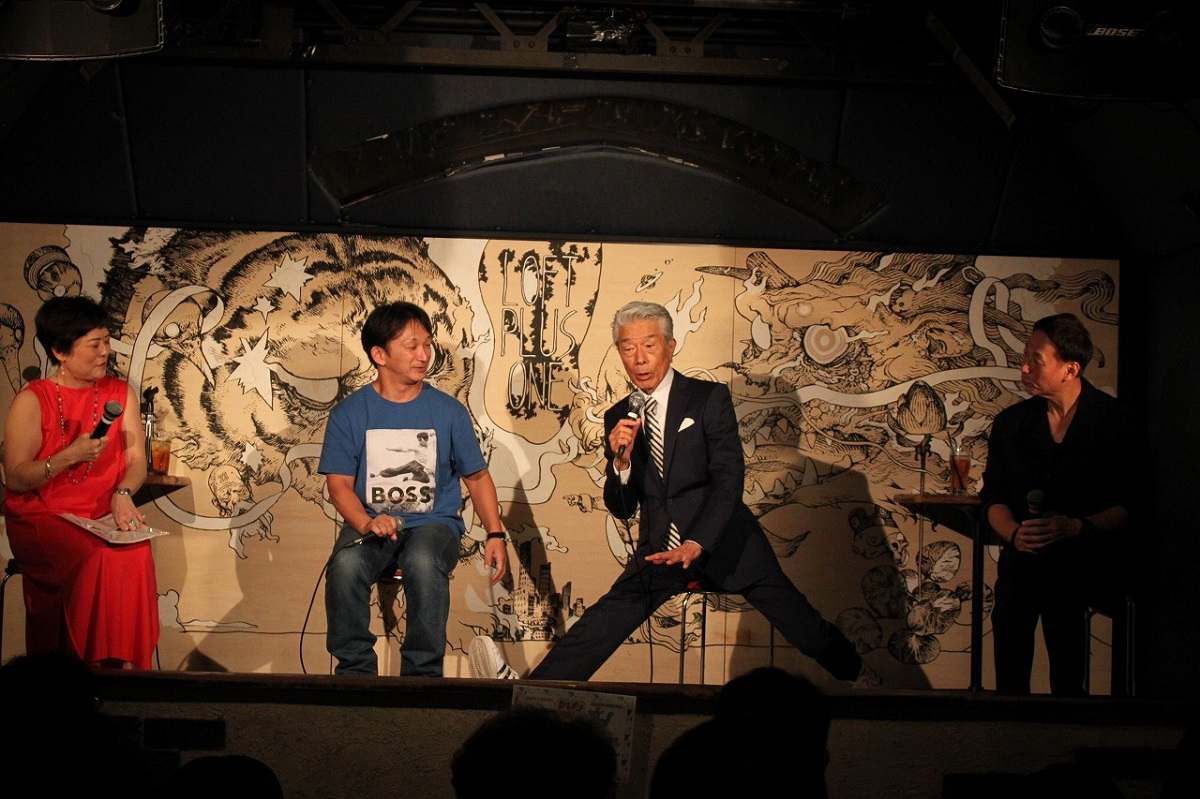
12:00 JST, October 11, 2024
Action movie star Yasuaki Kurata, who has appeared in many Hong Kong kung fu films, was the main guest at one of the talk events I organized this past summer. I held the event to coincide with the release of the 2K remastered version of his 1974 film “Kaettekita Dragon” (“Call Me Dragon”), as well as commemorate the 50th anniversary of his triumphant return to Japan from Hong Kong that same year.
Kurata walked onto the stage with a stick-straight back, looking younger than 78. He has great memories of the past and discussed various topics during the event, from what that happened on set to a short film he made recently.
He said he found “Call Me Dragon” the toughest to film among more than 100 foreign films he has worked on. Although the film’s main selling point is the action scenes featuring Bruce Leung and Kurata, there was apparently no choreography for action sequences. So the two actors worked together to get in sync during their fight scenes.
“[When Leung’s outer edges of his fist and foot] came within a hair’s breadth of me, I pulled back, then it was my turn to attack. We repeated that many times,” Kurata said. This is impossible unless both actors are highly skilled. It is unthinkable to shoot scenes that way nowadays.
The climactic scene in the film took a month to film. “Back in those days in Japan, we were strictly told off when we made mistakes and ruined a scene, because film was expensive. In Hong Kong, I was told I could use as many rolls of films as necessary,” Kurata revealed. Sometimes, actors would be told action after the camera began rolling. What a luxury!
“Call Me Dragon” was also made before wires to suspend actors in midair were developed, let alone computer graphics, and a trampoline was the only thing available on set. To compete with Bruce Lee’s movies, which were very popular at the time, the creative team of “Call Me Dragon” came up with iconic action scenes. One such fight is in midair, between buildings, where Kurata and Leung had to climb up two walls by applying pressure to the walls with both their hands and feet. There is nothing more dull than describing the scene, so I recommend those of you who have not seen it to watch the film.
Anyways, close-ups of the actors were also shot in midair, whereas such shots would be filmed on the ground today. “No, we never did that,” Kurata said. “It would’ve been a disaster if we slipped and fell. Safety rope? Nope. But I was young,” Kurata said with a chuckle. When filming the scene in which Kurata receives a final blow from Leung, Kurata was knocked down more than 10 times and ended up getting whiplash.
The approximately three-hour-long event was full of stories beyond compare. The audience was incredibly excited, myself included. From halfway through, we were joined by Eiichi Kikuchi, the suit actor for “Kaettekita Ultraman” (“Return of Ultraman”); Koji Nakamura, a student of Kurata and the suit actor for Ultraman TV shows during the Heisei era (1989-2019); and Kenji Tanigaki, another student of Kurata who is now one of Japan’s leading directors of action movies.
“Our master’s fight moves are something people pay money to watch. It’s what our audiences wish to see,” Tanigaki said. “The films we shoot have seasoning added, but our master’s action moves are raw and natural. It’s great that he can present his actions as they are.” Tanigaki’s emphatic statement was impressive.
We can enjoy watching a film made 50 years ago that has been restored due to advanced 21st century technology.
Yet the images in the film have something more than just technology, and that something has the power to move our hearts. I feel it is very important to appreciate and cherish that something.
Suzuki is a Yomiuri Shimbun senior specialist and an expert on tokusatsu superhero films and dramas.
"Culture" POPULAR ARTICLE
-
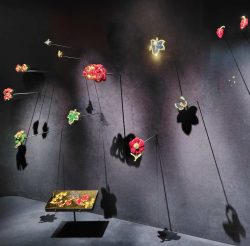
Van Cleef & Arpels Dazzles with Art Deco Artisanry at Tokyo Exhibit
-

Disney’s ‘Twisted-Wonderland’ Animated Series Puts Villains in Spotlight: New Show Features School Inspired by Classic Disney Films
-

Japan Plans to Distribute Manga Overseas Via New Platform
-
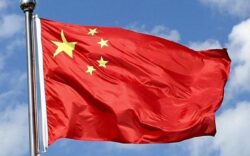
Ayumi Hamasaki’s Shanghai Concert Canceled Day Before Schedule as Part of Beijing Backlash
-
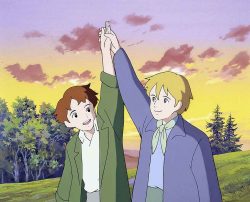
‘The World Masterpiece Theater Series’ Celebrates 50 Years; Animator Looks Back on Creating Anime Classics
JN ACCESS RANKING
-

Keidanren Chairman Yoshinobu Tsutsui Visits Kashiwazaki-Kariwa Nuclear Power Plant; Inspects New Emergency Safety System
-

Imports of Rare Earths from China Facing Delays, May Be Caused by Deterioration of Japan-China Relations
-

University of Tokyo Professor Discusses Japanese Economic Security in Interview Ahead of Forum
-

Japan Pulls out of Vietnam Nuclear Project, Complicating Hanoi’s Power Plans
-

Govt Aims to Expand NISA Program Lineup, Abolish Age Restriction










